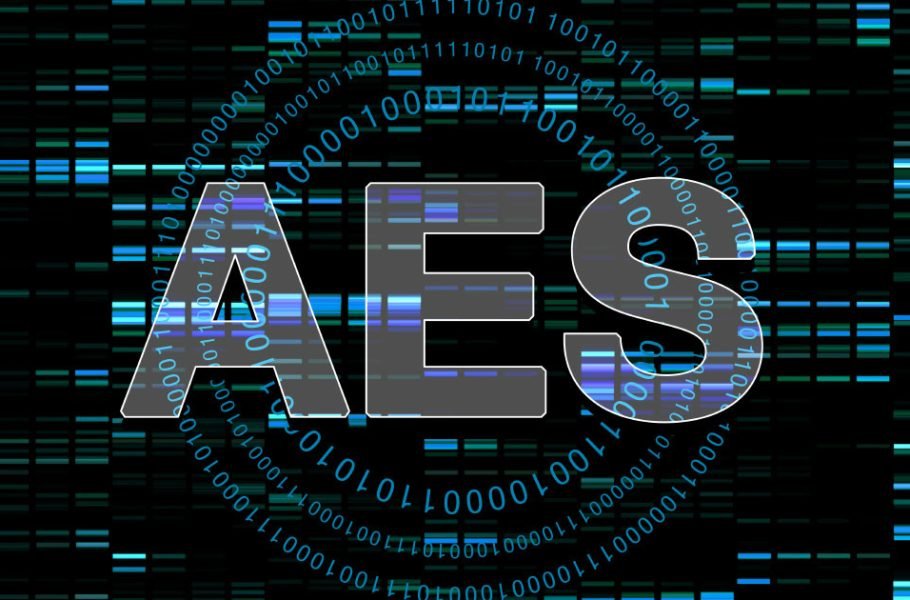Welcome to the important news site.
Since ancient Roman times, cryptography has been an important element in keeping communications secure and secret from third parties. Today, encryption is more important than at any other time in history, and it is necessary that our activities in online stores or internet banking stay away from the eyes of cybercriminals.
Encryption and data security can be used in different forms, Whether we are talking about messages that are sent through different platforms on the web such as email, secure chats and messaging applications such as WhatsApp, or data that is stored in the cloud, data centers, mobile devices or different drives. In almost all of these methods, one of the following 5 algorithms is used:
Why and how was AES developed?
Between 1977 and 1999, the standard encryption method for nearly 22 years was the DES method, which was developed by IBM and was used as the official algorithm for encrypting US government information. Most experts believed that this algorithm was unbreakable, but the processing power of computers increased dramatically in the 1990s, and researchers were able to build systems that were able to break the 56-bit DES encryption algorithm.
It was first made public in June 1997 that DES could be cracked. In this historic presentation, members of the DESCHALL Project team used unprecedented amounts of processing power to crack a cryptographic key. Then the Deep Crack project was launched and the people behind it at the Electronic Frontier Foundation were able to break the DES encryption in just 56 hours in July 1998. The same project continued later and after six months, the time to defeat the algorithm reached 22 hours and 15 minutes.
It was in this way that the National Institute of Standards and Technology of America realized that a major change in DES had to be made, because it was becoming easier and easier to break this encryption method. Therefore, efforts to build a new version of DES began quickly.
The institute held a contest in September 1997 and asked participants to explore how to protect information in the future. The competition, named Advanced Encyption Standard, eventually hosted 15 different designs for data encryption. Three years later, a project known as Rijindael, developed by two Belgian cryptographers, was chosen as the AES cryptographic standard and is still in use today. Then, in November 2000, the AES standard was able to obtain the necessary licenses for use in US government systems, thus completely replacing DES.
How does AES work?
Simply put, AES takes a block of plain text, splits it into multiple boxes, replaces phrases with original phrases, and scrambles the layout of the text. This form of encryption is called Permutation Permutation Network (SPN) and the size of each box can be 128 or 192 or 256 bits, which depends on the capabilities of the encryption method. The standard strength for encryption is 128, and 256 is used when the highest level of protection and security is needed.
During the process of replacing and disassembling the layout, a decryption key is obtained that can be used to read the information in the original form. Without access to this encryption key, the data is completely unreadable and jumbled, and therefore useless to third parties who interfere with the traffic and try to steal the data.
Where is AES used?
Although AES began its life as a tool for the US government and especially the National Security Agency, it is now used by many different businesses and organizations around the world. AES is the most common encryption algorithm in the current era.
This method is used in any file and in any scenario of sending data. For example, when you are transferring data over an HTTPS connection, it is most likely AES that protects your data against Man-in-the-middle attacks protects .
We suggest you to visit the content of Windows, Office and Android
We hope you enjoyed this Training, what do you think about this post?





